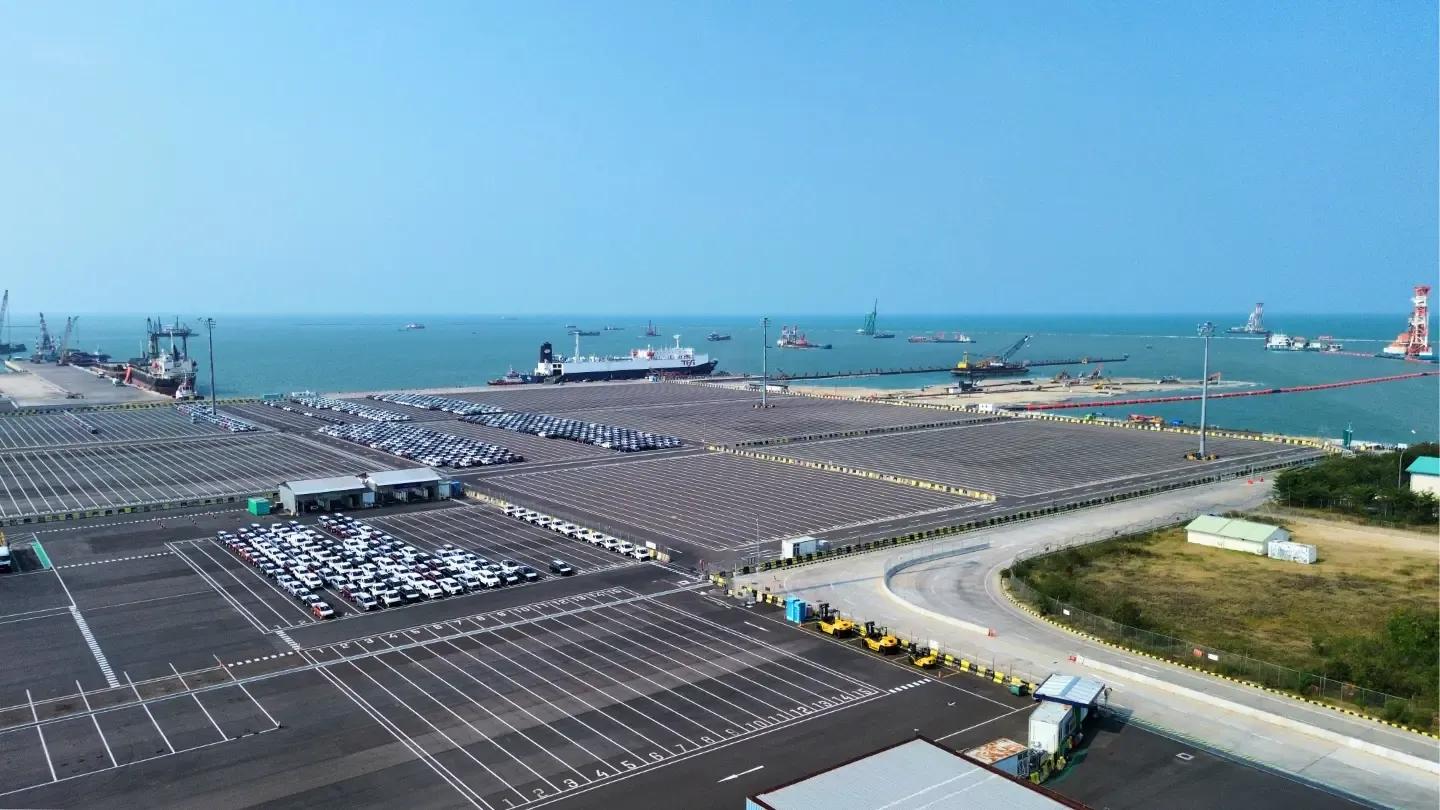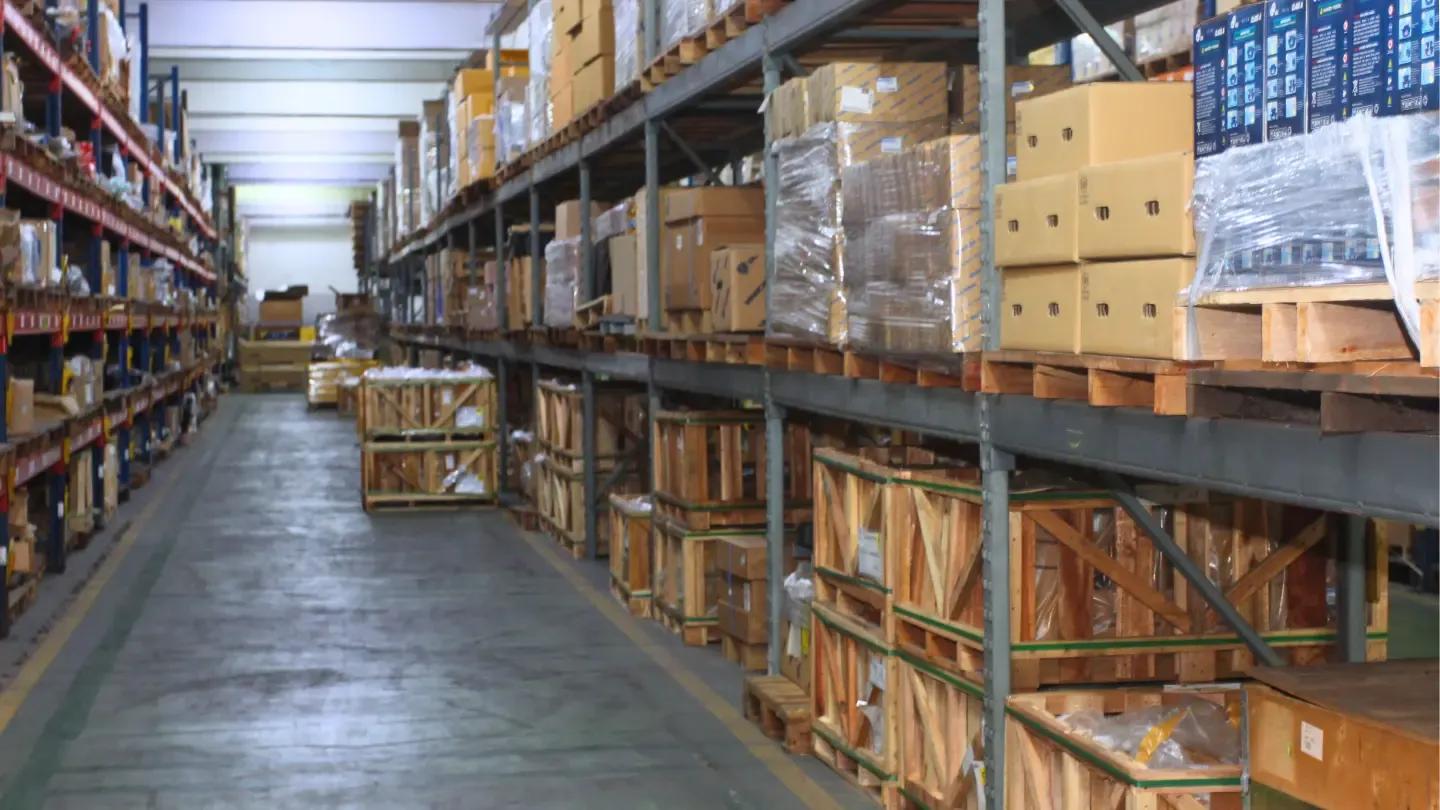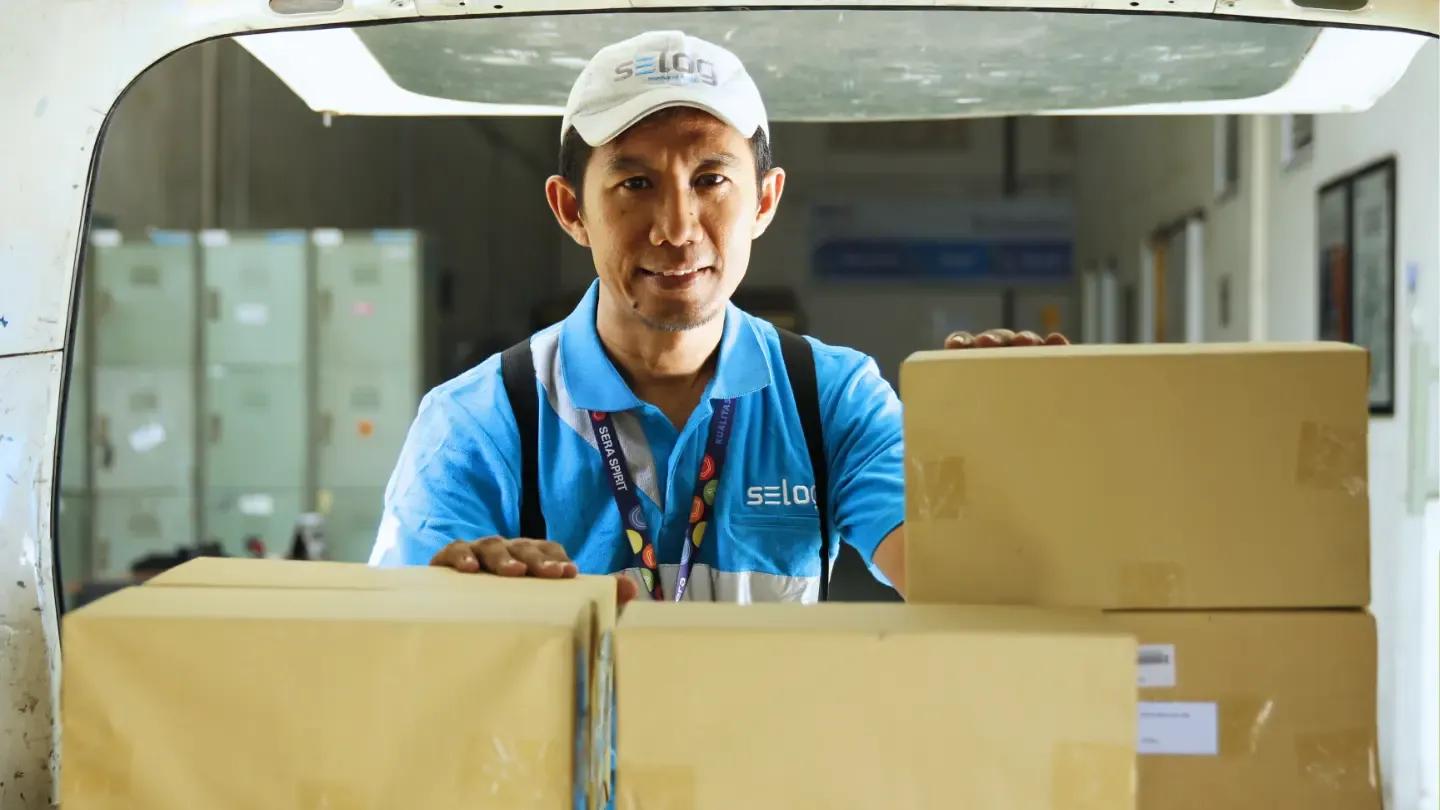
Information & Tips
7 Agustus 2025
RORO vs Ferry Ships: Understanding the Differences
RORO ships and ferries are often confused for being the same, even though they have distinct characteristics and functions.
Both types of ships are equally important in supporting mobility and logistics, especially in archipelagic countries like Indonesia. To clear up any confusion, let’s take a closer look at what sets them apart.
What is a RORO ship?
RORO is an abbreviation for Roll-On/Roll-Off, a type of ship specifically designed to transport motor vehicles such as cars, trucks, or buses.
This ship is designed to allow cargo to enter (roll-on) and exit (roll-off) directly via the ramp, eliminating the need for manual loading and unloading. Such a design makes RORO ships highly efficient for large-scale logistics and transportation.
RORO Ships Characteristics:
Special Ramps or Doors: Equipped with a special lane to make it easier for vehicles to get on and off.
Spacious Cargo Decks: Vehicle parking areas can be open or enclosed decks, designed for space efficiency and balance.
Fast Operations: The loading and unloading are much faster because the vehicle does not require manual transportation or heavy equipment.
Freight Focus: The primary focus is on transporting vehicles and large cargo, although passengers may also be accommodated.
Operational Routes: They generally serve long-distance routes, even between countries.
How RORO Ships Work:
RORO ships are designed for efficiency. Vehicles enter the ship via a ramp connected to the dock, then park on the designated deck.
Once the ship reaches its destination, the vehicle can immediately exit via the available ramp. This process minimizes handling time and speeds up ship turnaround.
What is a Ferry?
A ferry is a passenger ship that can also carry a limited number of vehicles or cargo.
This ship is more often used for short-distance trips, such as those between small islands or coastal areas, and is equipped with passenger amenities, including seating areas, a canteen, and restrooms.
Characteristics of Ferries:
Passenger-Oriented: While it can carry vehicles, passenger capacity is the main priority.
Short Routes: Generally operate on short water routes, such as between small islands or coastal areas.
Comprehensive Amenities: Often equipped with facilities for passenger comfort, such as chairs, canteens, lounge areas, and toilets.
Differences Between RORO Ships and Ferries
Fundamentally, RORO ships are designed to transport large, motorized vehicles as well as passengers on medium to long-distance routes, often internationally.
The primary focus is vehicle capacity, which is why the design is equipped with ramps and a wide deck for parking, allowing for a rapid loading and unloading process (roll-on/roll-off). Passenger facilities on RORO ships are generally more minimalist.
In contrast, Ferries are focused on transporting passengers and goods (including vehicles) on short to medium routes, usually between small islands or coastal areas.
The ferry design prioritizes passenger comfort with more comprehensive facilities, such as comfortable chairs, canteens, and toilets. However, the vehicle capacity is more limited, and the loading and unloading process can take longer.
Usage in Indonesia
RORO Ships:
Inter-Island Vehicle Transport: Popular routes such as Merak Port (Banten) to Bakauheni Port (Lampung) rely heavily on RORO vessels to transport private vehicles, logistics trucks, and buses.
Industrial Logistics: RORO ships are used to transport heavy vehicles, industrial machinery, or construction equipment from one port to another efficiently.
Ferries:
Short Distance Passenger Transport: Routes such as Sanur Harbor to Nusa Lembongan in Bali often use ferries to transport tourists and local residents.
Transportation of Daily Necessities: Ferries in the Kepulauan Seribu (Thousand Islands) play a vital role in transporting passengers and daily necessities between islands.
Both RORO ships and ferries have an irreplaceable role in the maritime transportation system, especially in archipelagic countries like Indonesia.
RORO ships support the efficiency of vehicle transportation and logistics of large goods, while ferries ensure connectivity and mobility of passengers on short water routes.
Understanding the distinction between the two is crucial given the importance of the logistics sector. However, the effectiveness and efficiency of logistics operations are not solely determined by the type of ship used, but also by the convenience, smoothness, and speed of the service provider.
SELOG Shipping Services
To avoid getting stuck with a less professional service provider, do in-depth research before choosing a shipping service provider. Look into the company’s track record through customer reviews or reliable references.
A recommended logistics company is SELOG, a subsidiary of PT Serasi Autoraya (SERA) and part of the Astra Group.
With more than 20 years of experience in the logistics industry, SELOG is committed to meet the need for end-to-end logistics services, starting from Trucking, Shipping, Freight forwarding, Warehousing, and Project Cargo.
SELOG's shipping services for domestic and international goods delivery come with several advantages: monthly shipments to manage ship schedules, 24-hour ship operational monitoring, as well as structural design, materials, and wide ship ramp doors that can withstand large loads.
SELOG’s services are also supported by cutting-edge digital technology Astra Fleet Management Solution (AstraFMS), which helps make customers’ business operations easier, more effective, and more efficient.
With its Astra Fleet AstraFMS, SELOG provides businesses in Indonesia with IT-based comprehensive solutions for managing fleet vehicles.
For more information about SELOG’s services, visit www.selog.astra.co.id or contact (021) 26605333.
Don’t forget to follow SELOG’s social media on Instagram @selog_astra and LinkedIn SELOG for more information about logistic updates.

Information & Tips
7 Agustus 2025
Electric Vehicles in Logistics: A Reality Check

Information & Tips
7 Agustus 2025
All You Need to Know About Patimban Port

Information & Tips
7 Agustus 2025
Logistics Warehouses: Types by Function

Information & Tips
7 Agustus 2025
How to Easily Calculate Cargo Load for Shipping

Information & Tips
7 Agustus 2025
From Military Use to Logistics Transport: The Story of RoRo Ships

Information & Tips
7 Agustus 2025
Sea Freight: What Makes It Challenging?

Information & Tips
7 Agustus 2025
Things to Look For in a Logistics Service Provider

Information & Tips
7 Agustus 2025
The Role of Supply Chain Management in the Agricultural Industry

Information & Tips
7 Agustus 2025
Types of Agriculture: A Simple Guide

Information & Tips
2 Juli 2025
Introduction to Halal Certification for Logistics Service Providers
Make sure you have the latest SELOG and Logistics information updates
Please enter your email to get the latest news or articles from us.
